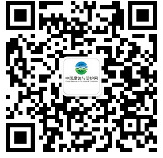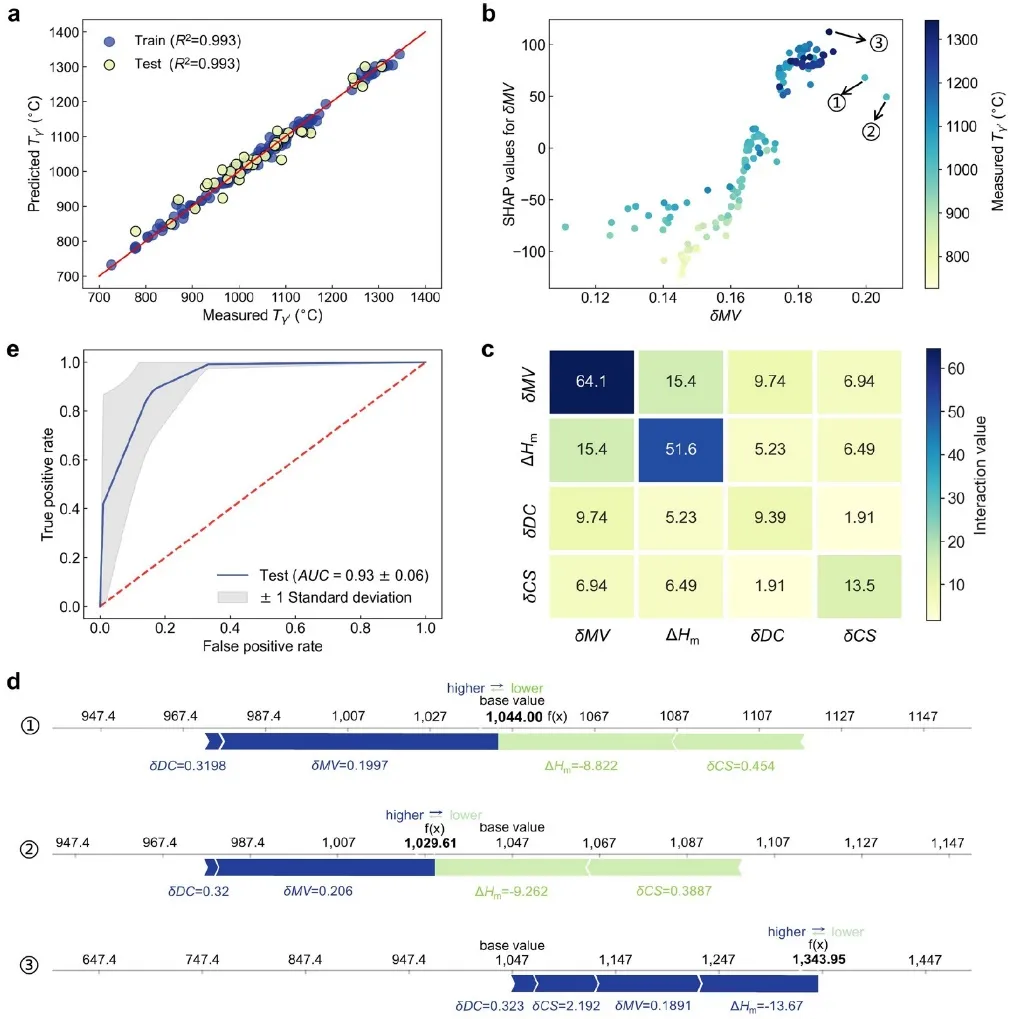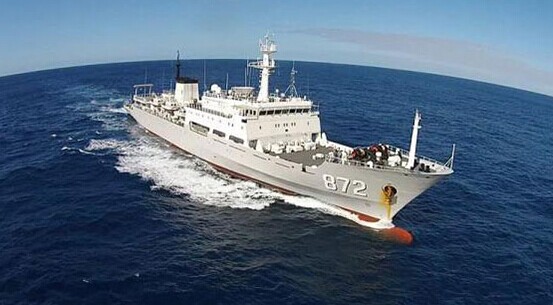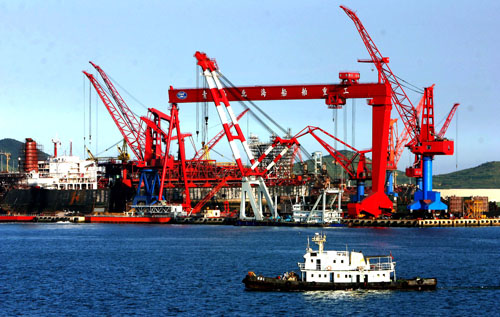來自中國西北工業(yè)大學材料學院的李金山教授和袁睿豪副教授團隊,提出了一種創(chuàng)新的材料設(shè)計方法,開發(fā)了結(jié)合無監(jiān)督聚類、可解釋分析和相似性評估的采樣框架,其核心是基于已知數(shù)據(jù)和未知數(shù)據(jù)的聚類距離進行采樣,并以航空發(fā)動機高溫部件的關(guān)鍵材料——高溫合金為例,實現(xiàn)了材料γ'相溶解溫度(Tγ')這一影響高溫部件上限使用溫度的關(guān)鍵指標的外推預測和高效設(shè)計。他們基于開發(fā)的采樣框架,僅從包含179個樣本的稀疏數(shù)據(jù)集出發(fā),選擇并合成了9個具有不同成分的合金,其中三個合金的Tγ'相比于訓練數(shù)據(jù)顯著提高了~52 ℃。除此之外,該研究還發(fā)現(xiàn)了與高溫合金Tγ'呈高度線性關(guān)系的關(guān)鍵材料特征:合金原子尺寸差和混合焓。原子尺寸失配的增加會導致形成金屬間相,而混合焓表征元素之間的化學相容性和結(jié)合力,越低表示所形成的相的穩(wěn)定性越強。因此,設(shè)計具有高的合金原子尺寸差和低的混合焓的高溫合金有望得到更高的Tγ',為材料進一步優(yōu)化提供了思路和線索。通過與主動學習進行對比分析的基線研究發(fā)現(xiàn),主動學習需要至少四次迭代才能可能達到與本研究一樣高Tγ'的合金,并且其成分與原有合金更相識。這進一步驗證和本研究提出的采樣框架在新合金設(shè)計方面的高效性。該研究所提出的采樣框架在稀疏數(shù)據(jù)集上表現(xiàn)優(yōu)異,所涉及的方法在不同數(shù)據(jù)中具有通用性,有望擴展到不同材料和性能的優(yōu)化設(shè)計,并激發(fā)無監(jiān)督學習在新材料發(fā)現(xiàn)中的應用。
該文近期發(fā)表于npj Computational Materials 5,: 94 (2019),英文標題與摘要如下,點擊左下角“閱讀原文”可以自由獲取論文PDF。
Figure 1 The key idea of this work with emphasis on the unsupervised learning-based sampling towards extrapolation
Unsupervised learning-aided extrapolation for accelerated design of superalloys
Weijie Liao, Ruihao Yuan*, Xiangyi Xue, Jun Wang, Jinshan Li*, Turab Lookman
Machine learning has been widely used to guide the search of new materials by learning the patterns underlying available data. However, the pure prediction-oriented search is often biased to interpolation due to the limited data in a large unexplored space. Here we present a sampling framework towards extrapolation, that integrates unsupervised clustering, interpretable analysis and similarity evaluation to sample target candidates with improved properties from a vast search space. Using design of superalloys with improved γ'-phase solvus temperature (Tγ') as a model case, we start with a sparse data and by few experiments we find nine new superalloys with chemistries distinct to those in the training data. Three of them show improved Tγ' by about 50 ℃, a large enhancement for superalloys. Moreover, we find two features characterizing mismatch in atomic size and mixing enthalpy linearly affect Tγ'. This work demonstrates the capability of unsupervised learning to search for new materials when limited data is available.
免責聲明:本網(wǎng)站所轉(zhuǎn)載的文字、圖片與視頻資料版權(quán)歸原創(chuàng)作者所有,如果涉及侵權(quán),請第一時間聯(lián)系本網(wǎng)刪除。

官方微信
《腐蝕與防護網(wǎng)電子期刊》征訂啟事
- 投稿聯(lián)系:編輯部
- 電話:010-62316606
- 郵箱:fsfhzy666@163.com
- 腐蝕與防護網(wǎng)官方QQ群:140808414







